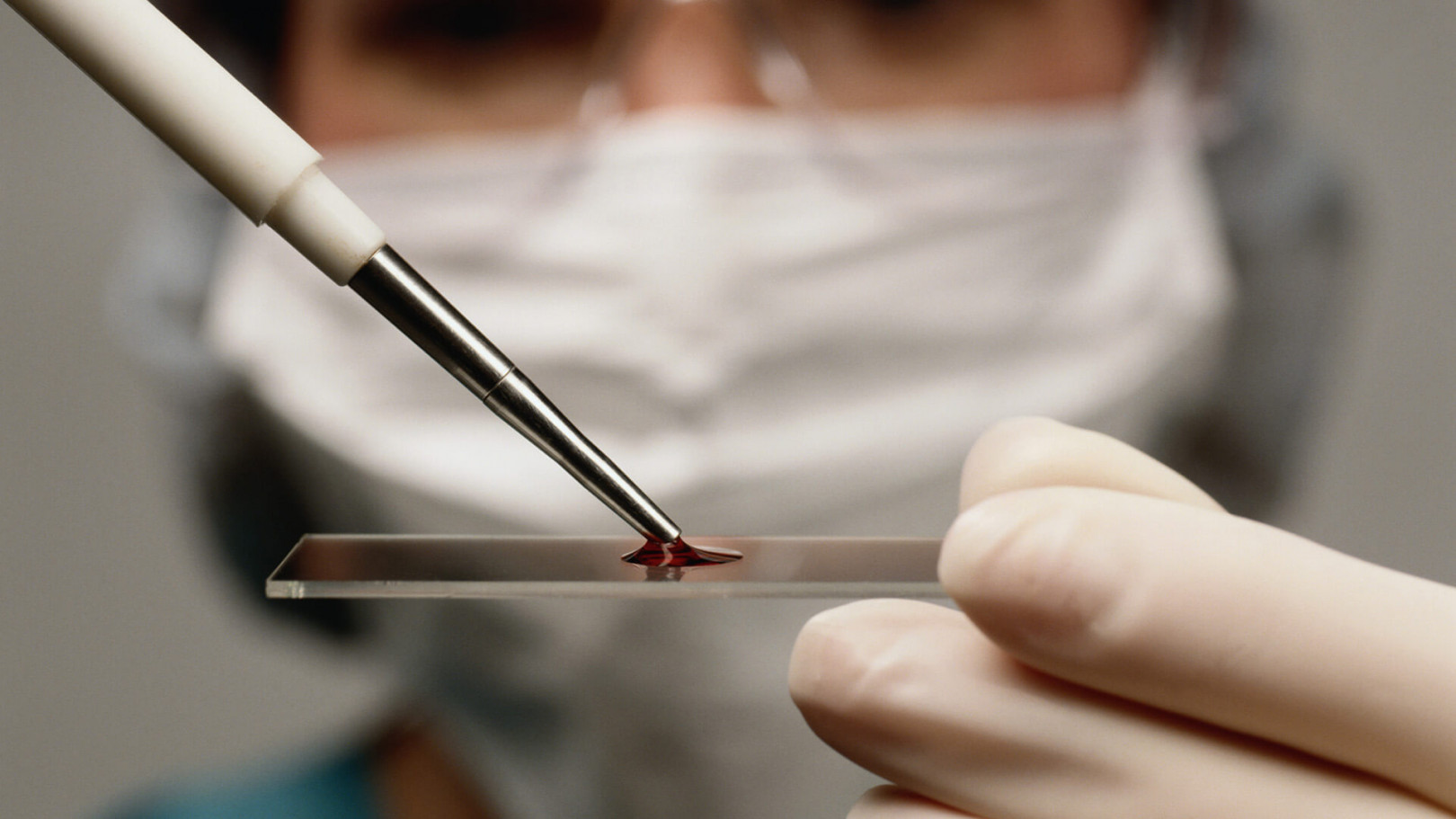Technology for cervical cancer screening has INESC TEC’s contribution
The goal of project CLARE, developed by INESC TEC’S Centre for Telecommunications and Multimedia (CTM) in collaboration with Fraunhofer Portugal-AICOS, is to prevent cervical cancer through a technology that can be used as a Decision Support System (DSS).
19th July 2018
The goal of project CLARE, developed by INESC TEC’S Centre for Telecommunications and Multimedia (CTM) in collaboration with Fraunhofer Portugal-AICOS, is to prevent cervical cancer through a technology that can be used as a Decision Support System (DSS).
The proposed solution by project CLARE- Computer-Aided Cervical Cancer Screening, intends to couple conventional screening methods, the Liquid-based Cytology (LBC) and colposcopy and improve them with the integration of computer vision and machine-learning solutions, in order to create a DSS system that can be easily integrated in the conventional clinical workflow. Basically, the goal is to have more effective methods, being capable of providing explanations to the expert and with less costs, and also being a more accurate solution to screening in low-resource areas.
Approximately 88% of cervical cancer cases are diagnosed in low-resource countries, where very few resources are allocated to prevention and treatment, despite there being sufficient scientific evidence to conclude that screening would result in significant reductions in incidence and mortality.
This solution will be based on the knowledge obtained in other projects, and in particular benefits from the knowledge acquired and the solutions created by Kelwin Fernandes in his PhD in computer vision and machine learning techniques and its application to the cervical cancer screening.
The CTM team involved in this project is composed of Kelwin Fernandes and Jaime Cardoso.
The researchers mentioned in this news piece are associated with INESC TEC and UP-FEUP.


